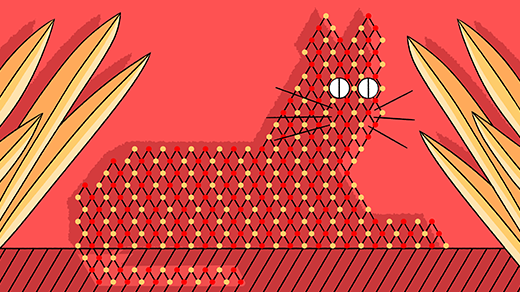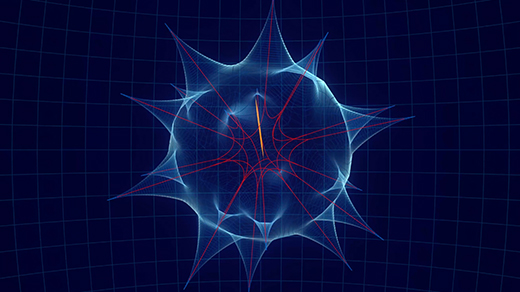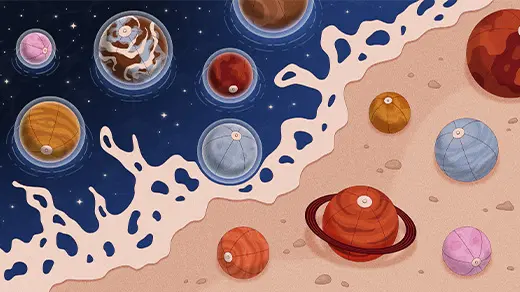What's up in
Multimedia
Latest Articles
New Sphere-Packing Record Stems From an Unexpected Source
After just a few months of work, a complete newcomer to the world of sphere packing has solved one of its biggest open problems.
How Smell Guides Our Inner World
A better understanding of human smell is emerging as scientists interrogate its fundamental elements: the odor molecules that enter your nose and the individual neurons that translate them into perception in your brain.
How Can AI ID a Cat? An Illustrated Guide.
Neural networks power today’s AI boom. To understand them, all we need is a map, a cat and a few thousand dimensions.
Introducing The Quanta Podcast
Exploring the distant universe, the insides of cells, the abstractions of math, the complexity of information itself and much more, The Quanta Podcast will be a tour of the frontier between the known and the unknown.
Quantum Speedup Found for Huge Class of Hard Problems
It’s been difficult to find important questions that quantum computers can answer faster than classical machines, but a new algorithm appears to do it for some critical optimization tasks.
‘Once in a Century’ Proof Settles Math’s Kakeya Conjecture
The deceptively simple Kakeya conjecture has bedeviled mathematicians for 50 years. A new proof of the conjecture in three dimensions illuminates a whole crop of related problems.
The Road Map to Alien Life Passes Through the ‘Cosmic Shoreline’
Astronomers are ready to search for the fingerprints of life in faraway planetary atmospheres. But first, they need to know where to look — and that means figuring out which planets are likely to have atmospheres in the first place.
A New, Chemical View of Ecosystems
Rare and powerful compounds, known as keystone molecules, can build a web of invisible interactions among species.
Undergraduate Upends a 40-Year-Old Data Science Conjecture
A young computer scientist and two colleagues show that searches within data structures called hash tables can be much faster than previously deemed possible.








